
Manicouagan Crater Earth Blog
Manicouagan Crater was formed 214 million years ago, near the end of the Triassic Period, when an asteroid 5 kilometers (3 miles) wide struck what is now Canada. Today, the remnants of the crater are made visible by water and, sometimes, ice.
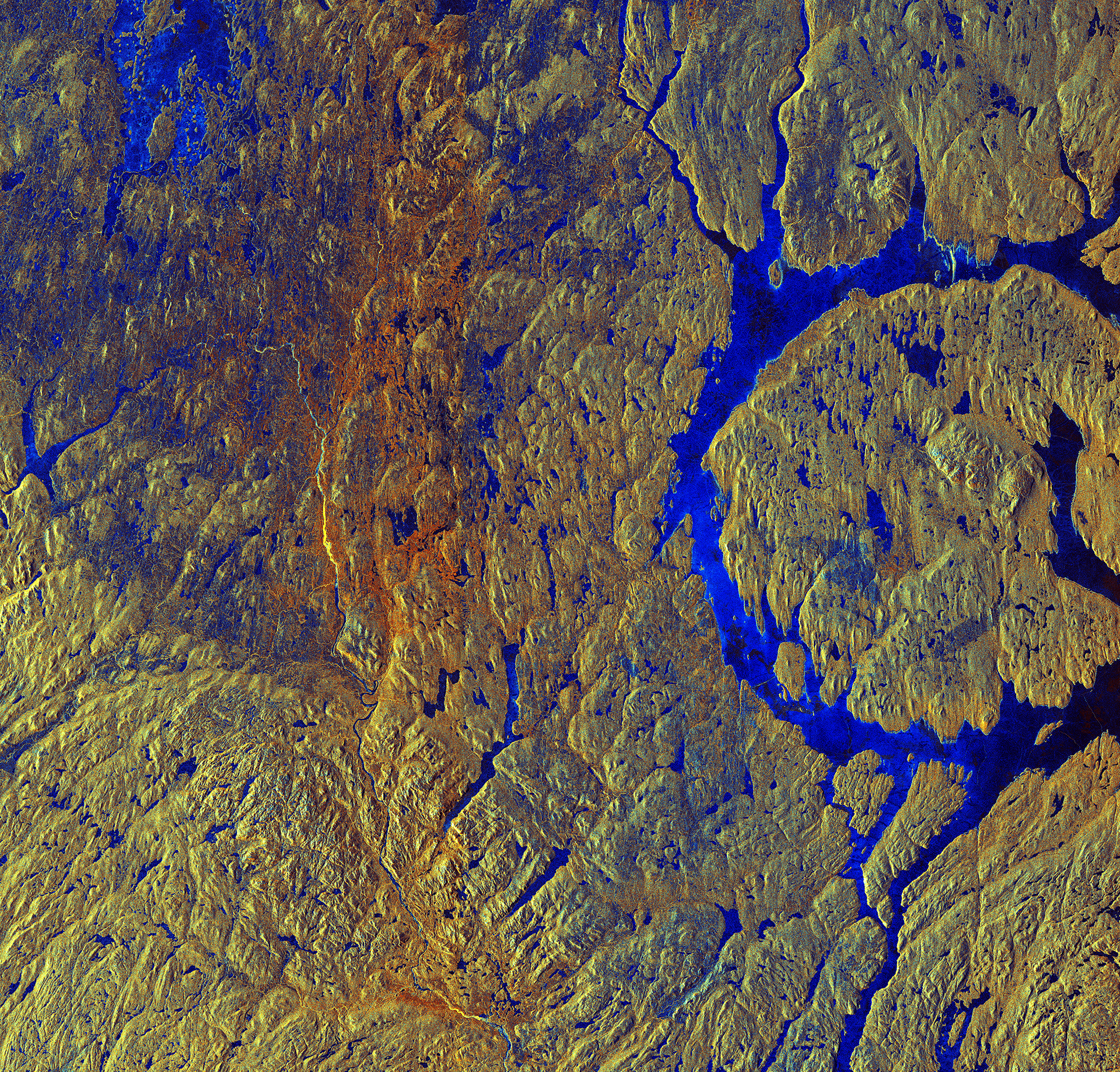
Space in Images 2015 10 Manicouagan Crater, Canada
The Manicouagan Reservoir, 1,942 km 2, elevation 360 m, is located in southeastern Quebec, about 140 km from the Labrador border. The second-largest natural lake in Quebec, it was created by a meteorite millions of years ago. The name "Manicouagan" is possibly of Innu origin and might mean "where there is bark" (for canoe making).

RENELEVASSEUR ISLAND IMPACT CRATER. MANICOUAGAN IMPACT CRATER
Manicouagan Crater is one of the world's largest and oldest known impact craters and perhaps the one most readily apparent to astronauts in orbit. The age of the impact is estimated at 214 million years before present.

The gallery for > Lake Manicouagan
…crater impact lake, the annular Manicouagan Reservoir, also known as the Eye of Quebec, completely surrounds René-Levasseur Island, the second largest lake island in the world. Read More

Manicouagan Crater YouTube
Review the Cleaning and Safety Practices as Advised by the Property. Know Before You Go. Get the Most Out of Your Vacation with Packages. Explore Fun Things to Do On Your Stay.
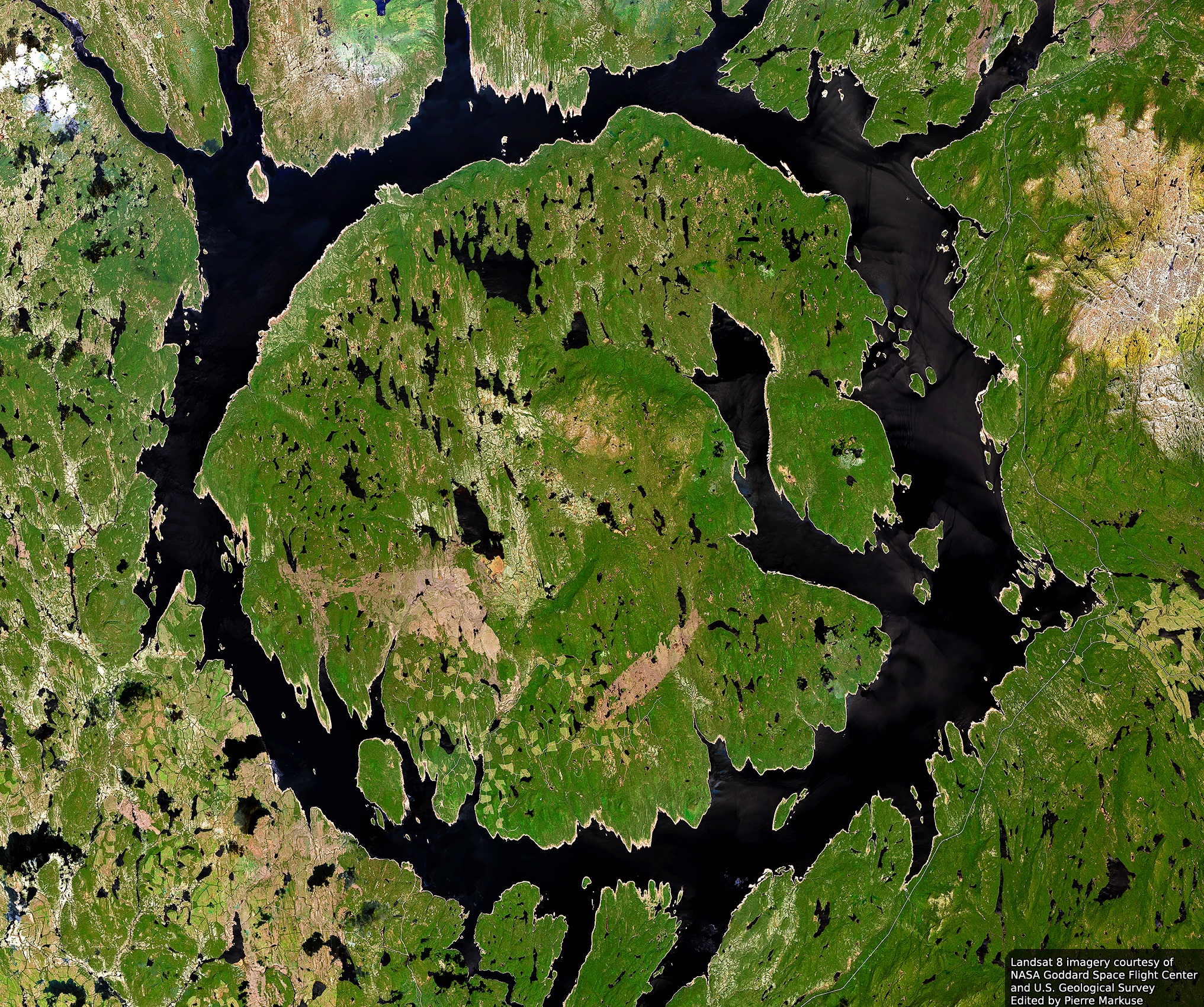
La structure d’impact de Manicouagan au Québec L'univers de la géologie
Manicouagan Crater, located in Canadian province of Québec, is one of the Earth's oldest and the most visible impact craters. Manicouagan Crater was formed by an asteroid strike over 214 million years ago. Like a pebble creating ripples when dropped into water, the crater has concentric rings formed by shock waves transmitted by the impact.

Fishing on the Manicouagan Crater Lake
Lake Manicouagan is actually a reservoir, part of a hydroelectric power system that powers countless nearby homes. And while it's not unusual for a reservoir to be strangely shaped and out of.
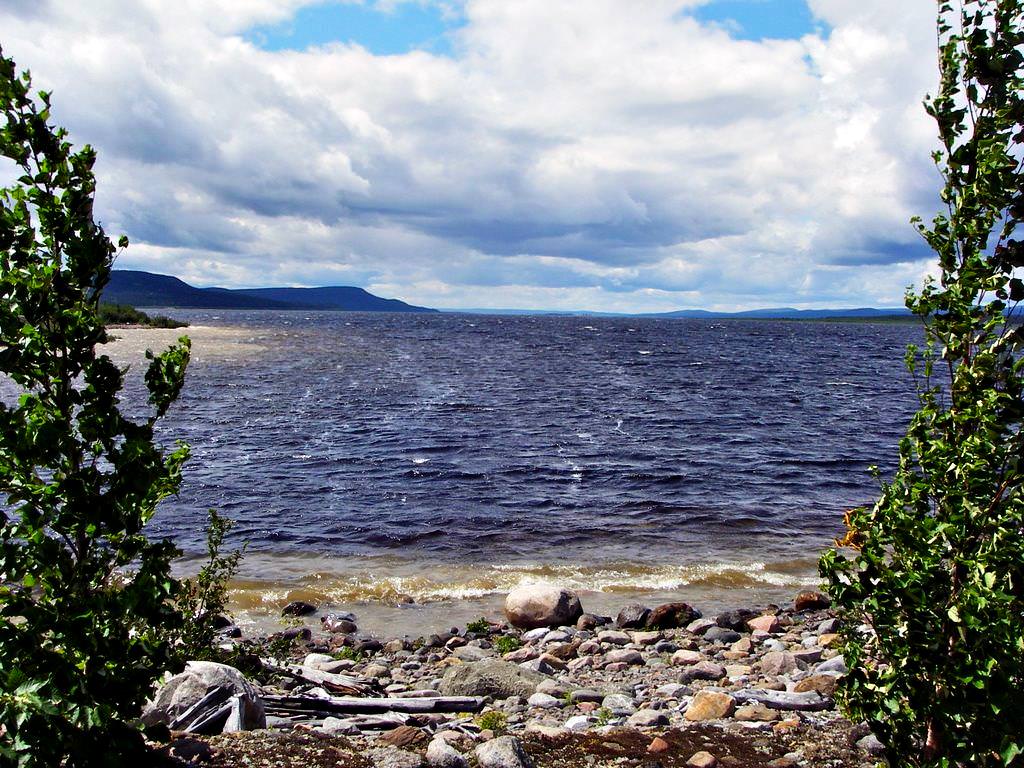
Manicouagan Crater Series 'Largest meteorite craters on Earth
Lake Manicouagan is the deepest lacustrine basin in eastern North America. • Proglacial, postglacial and reservoir stages characterize the evolution of the basin. • Lake level changes are inferred from subaerial and subaqueous terraces. • Significant slope processes are illustrated from basin-wide mass-movements. Abstract

BRLNDOBLOG Manicouagan Crater Lake
Stocktrek/Getty Images There are roughly 180 known impact craters worldwide and fully a third of them—including some of the biggest—are located in North America. These massive blast zones were.
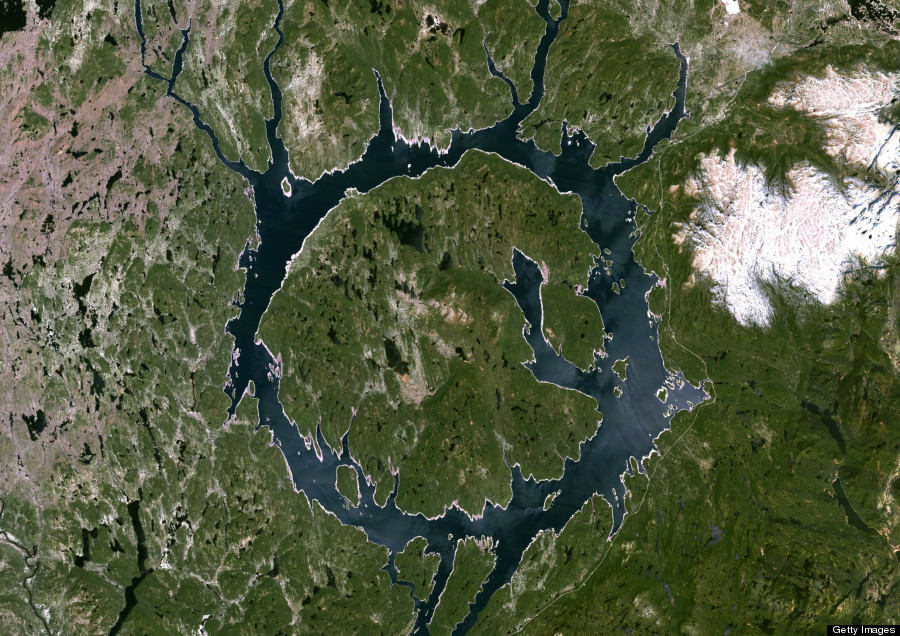
Le cratère Manicouagan Vigile.Québec
Manicouagan Reservoir (also Lake Manicouagan) is an annular lake in central Quebec, Canada, covering an area of 1,942 km 2 (750 sq mi). The lake island in its centre is known as René-Levasseur Island, and its highest point is Mount Babel.
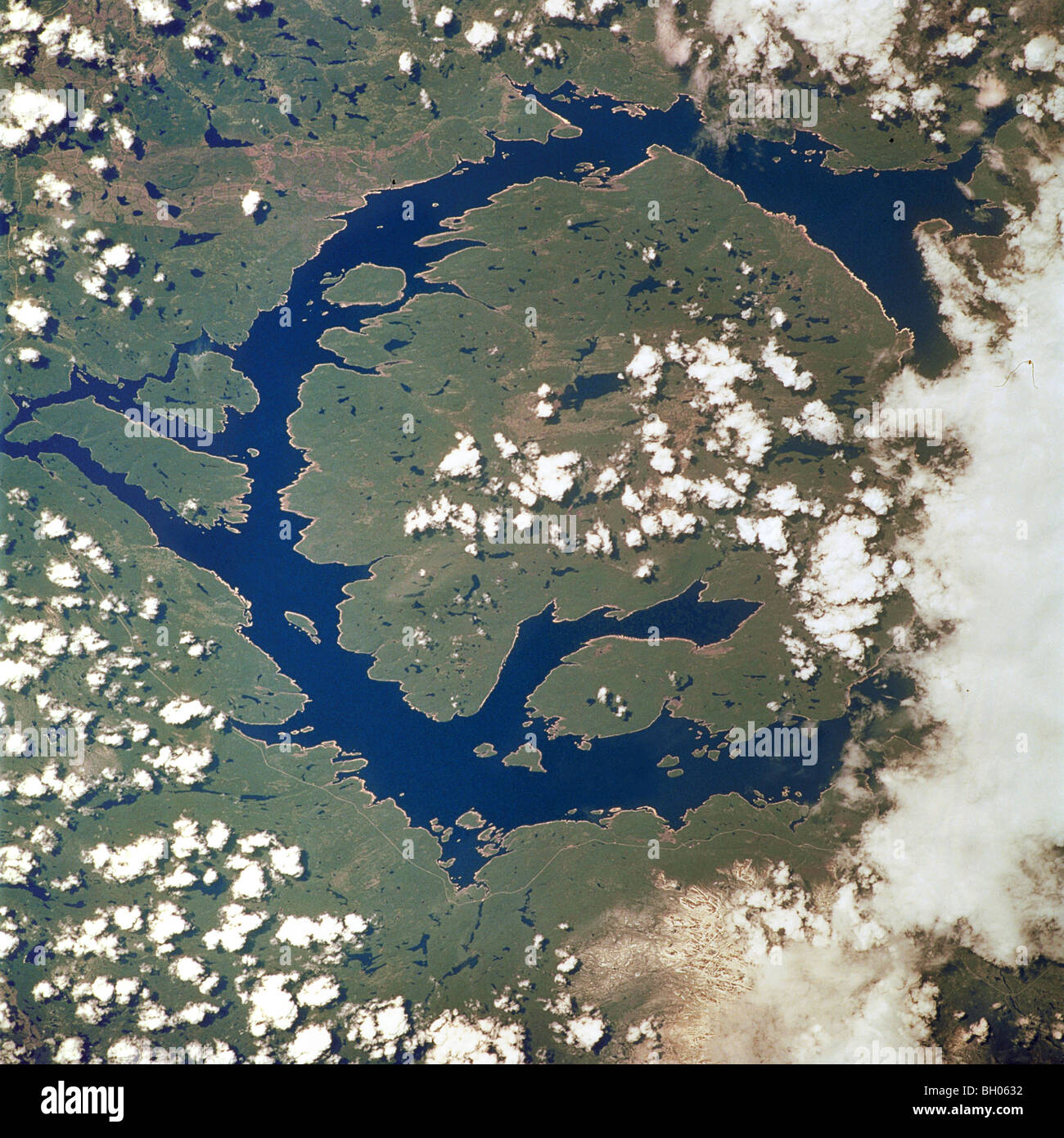
Manicouagan Reservoir in Quebec marks the site of an impact crater
Lake Manicouagan is a reservoir and crater lake situated over 700 kilometers north of Quebéc City. It was formed 214 million years ago by a massive meteor st.
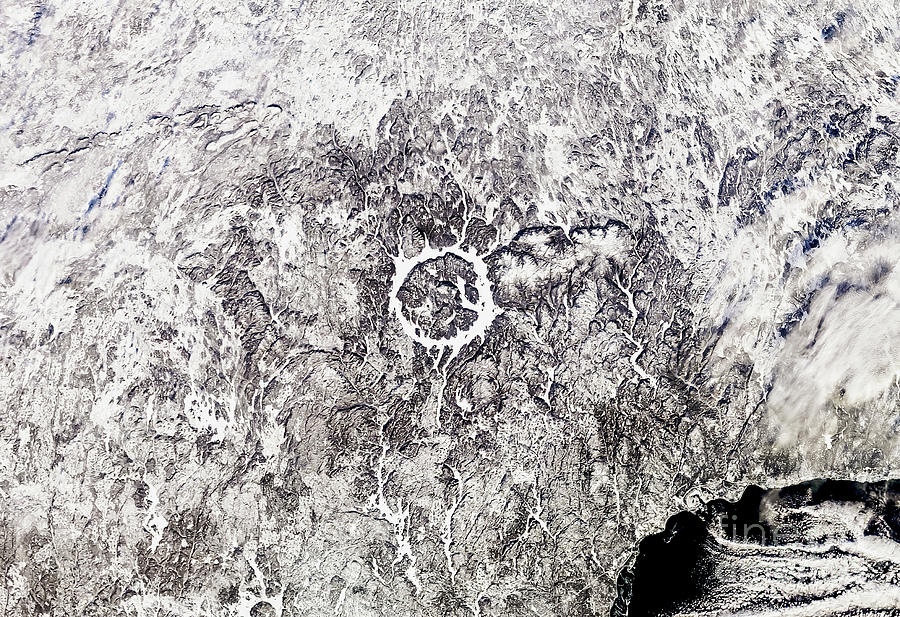
Manicouagan Lake Canada Impact Crater in Winter From Space Photograph
The Manicouagan crater is one of the oldest known impact craters. It is in the Côte-Nord region of Québec, Canada. [1] It was caused by the impact of a 5 km (3 mi) diameter asteroid about 215.5 million years ago, [2] in the Upper Triassic. [3] The crater is a multiple-ring structure about 100 km (60 mi) across.
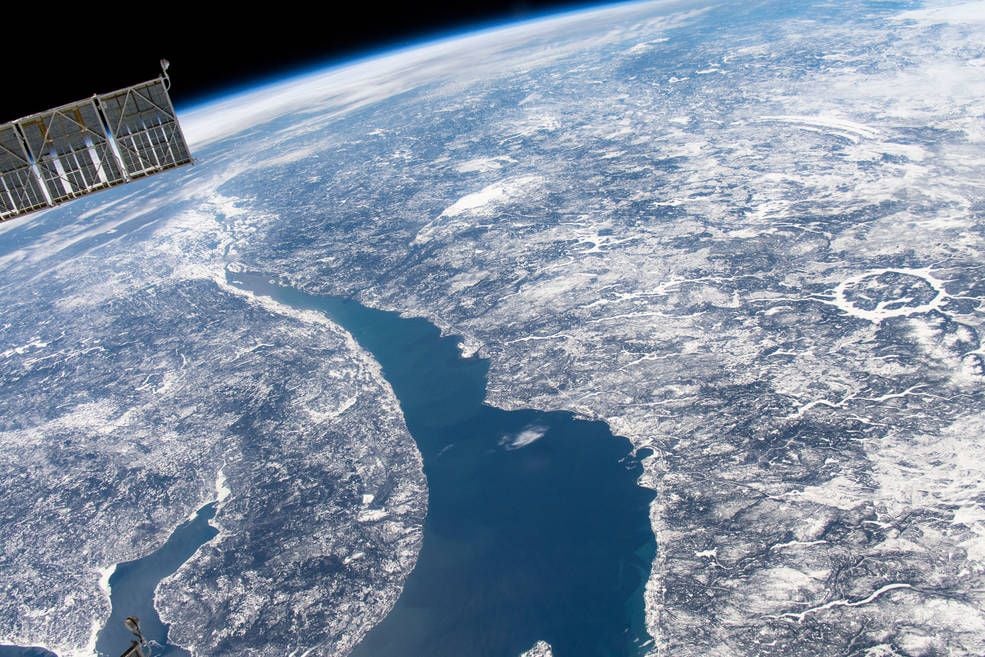
El cráter de impacto Manicouagan visto desde el espacio
Manicouagan Crater, Canada. 30/10/2015 13750 views 115 likes 349175 ID. Details. This false-colour image featuring the Manicouagan Crater was captured by the Sentinel-1A satellite on 21 March. Carved out by an asteroid strike some 214 million years ago, this crater in Quebec, Canada is known to be one of the oldest and largest impact craters on.

Manicouagan impact crater Canada's 210 million year old Ma… Flickr
The crater is a multiple-ring structure about 100 kilometers (60 miles) across, with its 70 kilometer (40 mile) diameter inner ring as its most prominent feature; it contains a 70 kilometer (40 mile) diameter annular lake, the Manicouagan Reservoir, surrounding an inner island plateau, René-Levasseur Island.
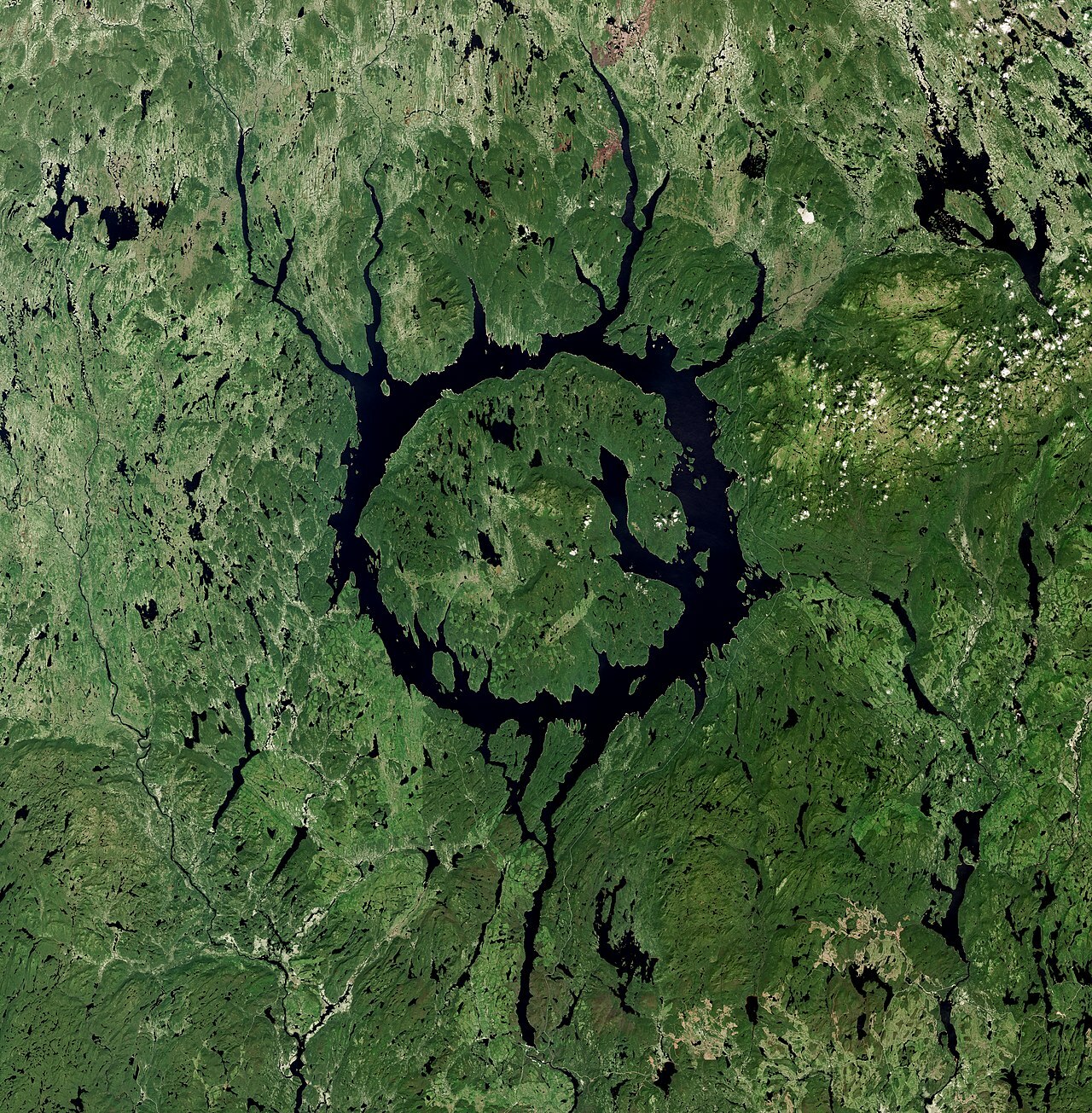
Manicouagan Reservoir Crater The Society
Lake Manicouagan in northern Quebec, Canada, surrounds the central uplift of the impact structure, which is about 70 kilometers in diameter and is composed of impact-brecciated (relatively large pieces of rock embedded in finer grained material) rock.

Lac Manicouagan Impact crater, Satellite image, Earth from space
Today Lake Manicouagan serves as a reservoir and is one of Quebec's most important regions for Atlantic salmon fishing. MISR was built and is managed by NASA's Jet Propulsion Laboratory, Pasadena, CA, for NASA's Office of Earth Science, Washington, DC. The Terra satellite is managed by NASA's Goddard Space Flight Center, Greenbelt, MD.